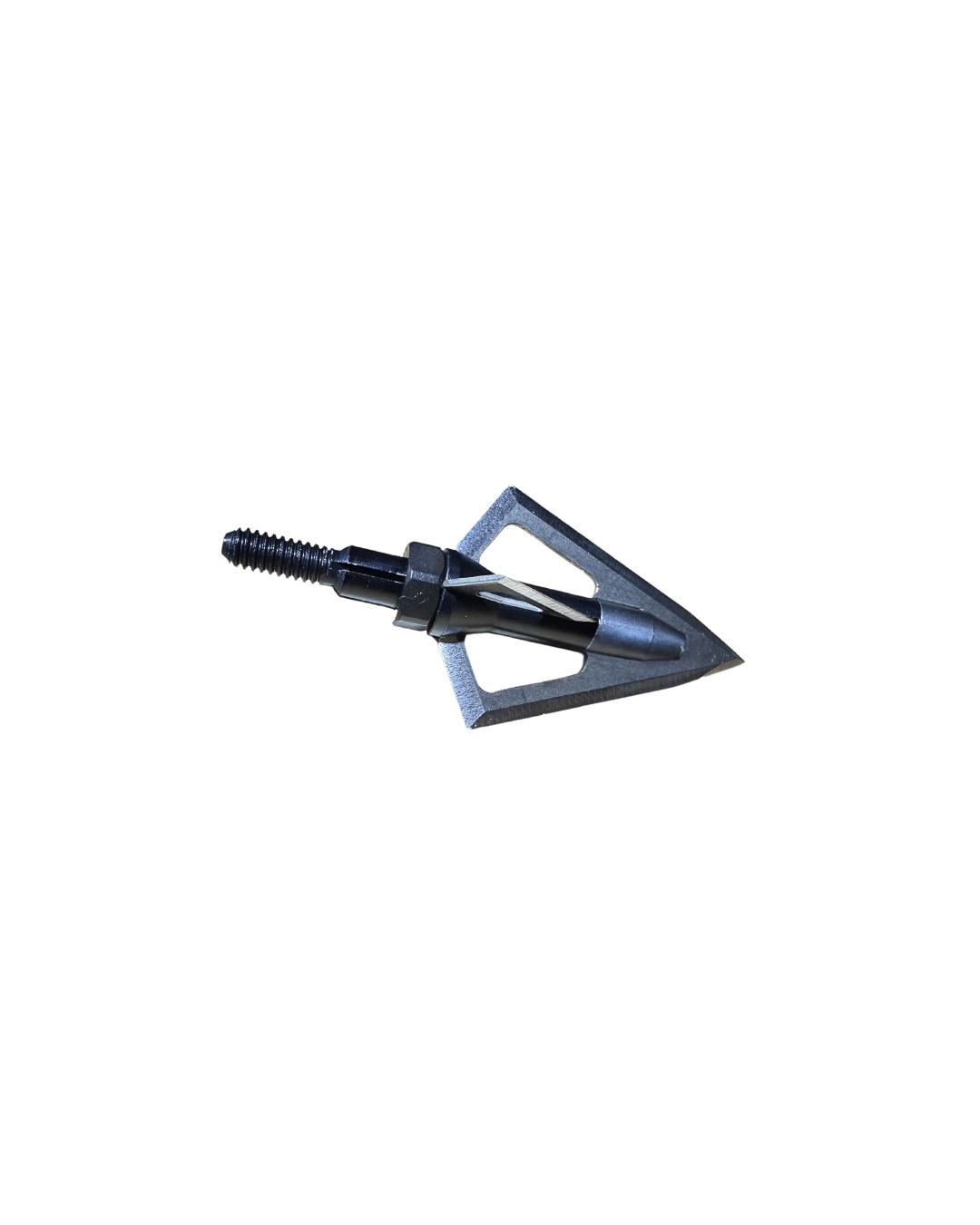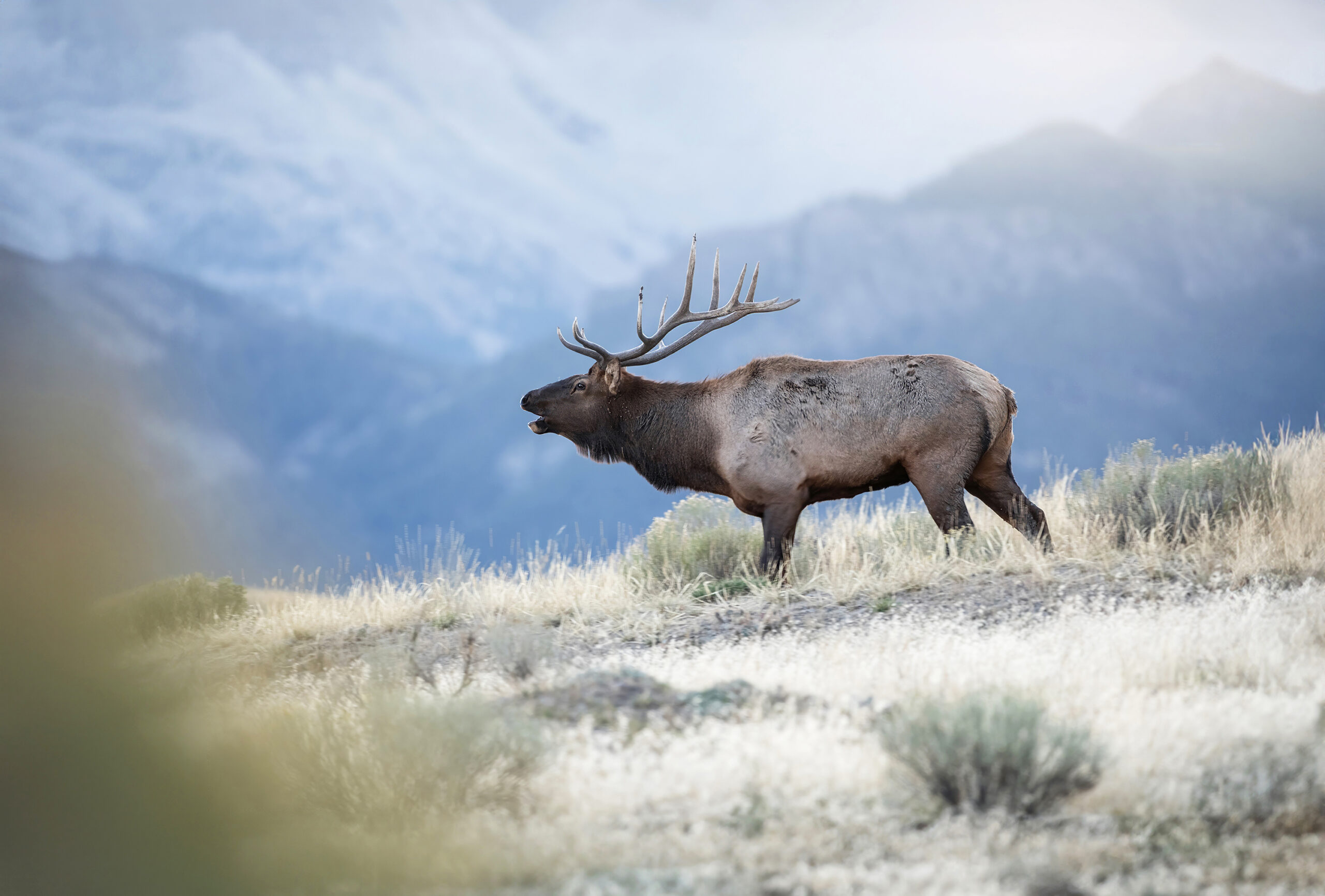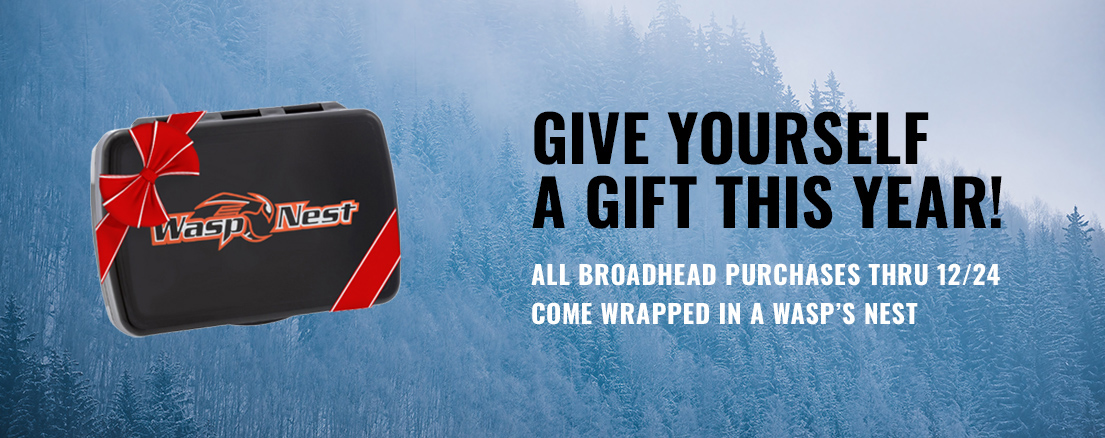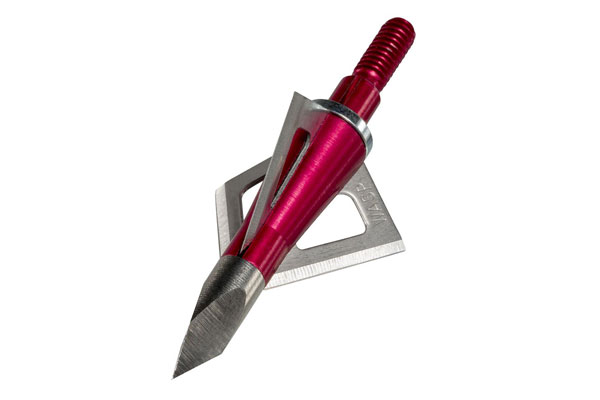Is That Bull Elk a Shooter?
Tips from a veteran guide on field-judging elk
An earth-shattering bugle pierces the crisp September air. A limb breaks, and you see a flash of cream-colored hide moving through the aspens, followed by dark antler. You notice long brows, and at least five tines. It’s a legal bull, maybe a big one, but it took you 10 years to draw this tag. Is it the elk you want to shoot? Better decide fast, because he’s walking into a narrow shooting lane just 25 yards away.
In many elk hunting situations, archery ones in particular, any legal bull should be considered a trophy. But in some situations it pays to be pickier, especially when you’ve invested significant money in a trophy hunt or in banking preference points to draw a tag in a coveted unit. But sizing elk up on the hoof can be difficult if you haven’t spent much time around them. Compared to a whitetail, every bull looks huge. Even if you have had some elk hunting experience, misjudging and shooting a young up-and-comer in the heat of the moment is an easy mistake to make.
ESTIMATING AGE
Miles Fedinec has been guiding elk hunters for 23 seasons in multiple western states. He’s led horseback hunts deep in the wilderness, where any legal bull is the goal, as well as high-dollar hunts on highly managed private lands, where only the highest-scoring animals will do. Fedinec agrees that sizing up elk, particularly when they’re moving into bow range and decisions need to be made quickly, isn’t always easy. But the first step is making sure the bull is mature, and for that, Fedinec says there are some obvious cues.
“When you’re hunting what I would consider trophy elk, you’re usually targeting 5- to 7-year-old bulls, and sometimes even older ones,” he says. “A 5-year-old bull is a 300 to 320-type bull most of the time. Could be a little bigger or smaller, but that’s a good baseline. When a bull is coming in, you’re going to notice body size and shape, face, and sometimes just his mannerisms. Elk do what they want, but often if a bull is just screaming and running in, he’s not the most mature animal in the group. Big bulls are usually more cautious and reserved. You’ll see that hanging belly, giant body, wide face, and usually giant bases and huge brow tines.”
HEAVY DUTY HEADGEAR
Take note of that mass. An average 6×6 bull’s mass between the brow tines is often between 6 and 7 inches in circumference, whereas an exceptional bull will be 8 inches or better, with that mass carried well up the beam. Also, the tine mass is usually much less than the main beam mass, so if the tines appear thick, the main beams are probably exceptionally massive.
The definition of a “trophy” bull depends on the location and scenario, but 360 inches is the minimum typical Boone and Crockett score for a Rocky Mountain elk. A 350 bull is considered a trophy just about everywhere. Fedinec says a general formula to follow is that a 350 bull, assuming it’s a 6×6, requires every point to be 12.5 inches long, with 50-inch beams, 30 inches of mass per side, and a 40-inch spread. Of course, elk antler shapes vary by genetics and location, and a bull that’s stronger in one department may be lacking in another.
“In Northwestern Colorado, the bulls are known more for mass of the beams than length of the beams,” he said. “Some of the big bulls there might only have 48- or 50-inch beams, while you might get a bull with 60-inch beams down in Arizona. And a lot of hunters assume that a big bull will have a 40-inch spread, but not all of them do. A lot of times it’s only 35.”
Fedinec says that you can use an elk’s body as a reference for sizing up beam and tine length, but there are no hard and fast rules. “It’s important to remember that a 7-year-old bull might outweigh a 5-year-old bull by 300 pounds,” he says. “You have to keep that perspective in mind.”
WHALE TAILS, SWORDS AND THIRDS
If you’re after a high-scoring bull, always look for the whale tail, which refers to the shape created by the tip of the main beam and the tine just in front of it (usually the fifth). Bulls with whale tails are typically pretty big, and most bulls don’t have the feature until they’re in their prime. The fourth point of a bull’s antlers can greatly influence the score, too. Unlike the brow tines and thirds, a strong fourth is usually long and fairly straight, like a sword. If the fourth appears like a sword, it’s an indication of a pretty strong bull. Decent thirds are 10-12 inches, and anything in the 16-plus-inch range is exceptional.
STAY GROUNDED
Fedinec says the definition of a trophy—even in a coveted, hard-to-draw area—still boils down to personal preference. Many elk hunters draw that once-in-a-lifetime tag and just want to bag a big, mature animal, or their personal best bull to date. When that’s the case, if Fedinec is the guide, he’s looking for the biggest bull he can find within the time constraints of the hunt.
“Elk hunting is always elk hunting, and never easy, especially with a bow. So, if you kill a 7- or 8-year-old bull with a bow, it doesn’t matter if he scores 330 or 390. That’s a trophy, and an incredible animal,” he says. “But sometimes I guide seasoned elk hunting veterans, who’ve hunted all over, and they’re picky, and after a particular high score. We might be in an area where such animals exist, but there’s still no guarantee of getting one. That’s always a fun hunt, calling in as many animals as possible, but those clients have to understand that when you’re chasing a minimum score, there’s a high chance of going home empty-handed.”
 THE WASP SHARPSHOOTER CBW: A CUT-ON-CONTACT BROADHEAD THAT’S IDEAL FOR ELK HUNTING
THE WASP SHARPSHOOTER CBW: A CUT-ON-CONTACT BROADHEAD THAT’S IDEAL FOR ELK HUNTING
With the right bow setup, a good mechanical broadhead can be deadly on elk. But these are big, tough animals, and most elk hunters place a premium on broadhead penetration. Sharp, rugged cut-on-contact broadheads like Wasp’s new Sharpshooter CBW (Cuts Both Ways) are ideal for the biggest game. The Sharpshooter CBW is based on the highly popular Sharpshooter, and is available in both 100- and 150-grain weights. The main blade is 0.40 inches thick, with a 1-inch cutting diameter, and features the CBW edge. Optional 0.27-inch bleeder blades can be used as well, and they add 5 grains to the total broadhead weight. Learn more about this new broadhead here.
— Story by Wasp Archery Staff; Elk image by John Hafner
View All Posts

